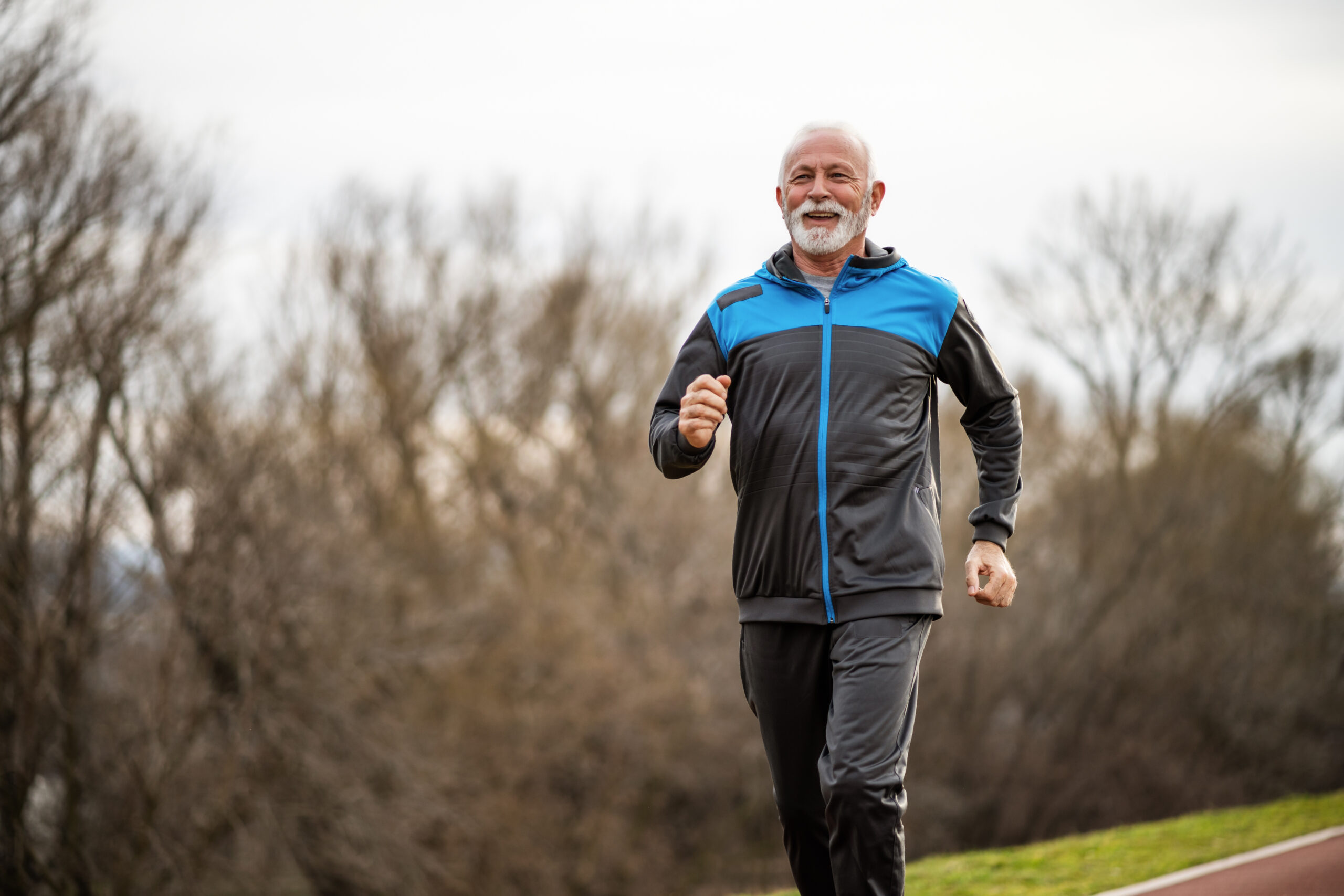- meri222
- 0 Comments
The Benefits of Activity After Surgery
- Strengthening the Muscles:
After joint replacement surgery, the muscles surrounding your new joint need to be retrained and strengthened. This is crucial because your muscles help support your joint and keep it stable. Regular physical activity—especially targeted exercises prescribed by your physical therapist—will help rebuild the strength in your muscles, improve balance, and reduce the risk of future injury. - Restoring Mobility:
Without movement, the muscles, tendons, and ligaments surrounding your hip or knee can become stiff. Starting light activity early in the recovery process helps restore flexibility and range of motion, ensuring that your new joint can move as naturally as possible. Gradually increasing your level of activity can help you regain the ability to bend, walk, and climb stairs with ease. - Preventing Complications:
Physical activity after surgery not only aids in regaining strength and mobility but also plays a key role in preventing complications like blood clots. Early, gentle movement and walking increase blood flow to your legs and hips, reducing the likelihood of clots and promoting healthy circulation. Regular activity also lowers the risk of other complications such as joint stiffness and muscle atrophy (wasting). - Enhancing Overall Well-being:
Exercise doesn’t just benefit your body—it’s good for your mental and emotional health too. Returning to activity can boost your mood, help manage any post-surgery stress or anxiety, and improve your overall sense of well-being. It gives you a sense of accomplishment and brings you closer to living pain-free, enjoying your favorite activities again.
Exercises to Aid in Recovery
Your doctor or physical therapist will give you a personalized set of exercises to help you recover. Here are some common examples of the types of exercises you might be given to rebuild strength and mobility:
1. Ankle Pumps (Early Post-Surgery):
- How to do it: Lie on your back and gently flex your ankles, pulling your toes towards you, then point them away.
- Purpose: Helps improve blood circulation and reduce swelling in the legs after surgery.
2. Quad Sets (Early Post-Surgery):
- How to do it: While lying on your back with your legs straight, tighten your thigh muscles (quadriceps) by pushing the back of your knee down into the bed or floor. Hold for 5-10 seconds, then relax.
- Purpose: Helps strengthen the quadriceps, which play a vital role in stabilizing your knee or hip.
3. Heel Slides:
- How to do it: While lying on your back, bend your knee and slide your heel toward your buttocks, then slowly straighten your leg. Repeat several times for each leg.
- Purpose: Encourages gentle bending and straightening of the knee, improving mobility and range of motion.
4. Straight Leg Raises:
- How to do it: Lie on your back with one leg bent and the other leg straight. Slowly lift your straight leg about 6-12 inches off the ground, hold briefly, and then lower it back down. Repeat on each leg.
- Purpose: Builds strength in the quadriceps without putting too much pressure on the knee or hip.
5. Seated Knee Extensions:
- How to do it: Sit in a chair with your feet flat on the floor. Slowly straighten one leg out in front of you until your knee is fully extended, then lower it back down. Repeat on both sides.
- Purpose: Strengthens the muscles surrounding the knee and improves joint mobility.
6. Walking:
- How to do it: Start with short, gentle walks, either around your house or outside. As you progress, increase the distance and time spent walking.
- Purpose: Walking is one of the best low-impact exercises to restore joint function and improve overall fitness after surgery.
7. Stationary Cycling (Later in Recovery):
- How to do it: Use a stationary bike with little to no resistance, gently pedaling to maintain flexibility in the hip or knee joint.
- Purpose: Improves joint flexibility and endurance without putting strain on the new joint.
How to Return to Activity Safely
1. Follow Your Doctor’s Guidelines:
Your surgeon or physical therapist will provide a tailored plan for your recovery, outlining when and how you can begin certain activities. It’s crucial to follow these guidelines to avoid overworking your new joint and risking complications.
2. Start Slow:
In the early days after surgery, even small movements can make a big difference. Simple exercises like ankle pumps, leg raises, and short walks are often recommended right after surgery to keep your blood flowing and joints limber.
3. Gradually Increase Your Activity:
As you heal, you’ll be able to increase the intensity and duration of your activity. You might start with short walks around your home, progressing to outdoor walks or stationary cycling. As your body recovers, more challenging activities like swimming or low-impact aerobics may be added to your routine.
4. Listen to Your Body:
While it’s important to stay active, it’s equally important to listen to your body. Pain, swelling, or excessive fatigue are signs that you may be overdoing it. Don’t hesitate to take breaks or adjust your activity level if needed. Recovery is a gradual process, and pacing yourself is key.

